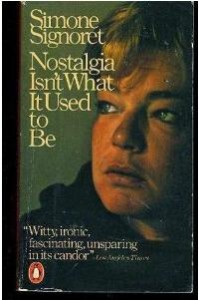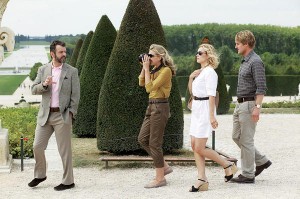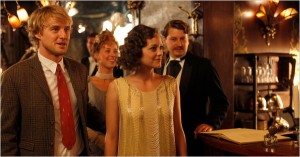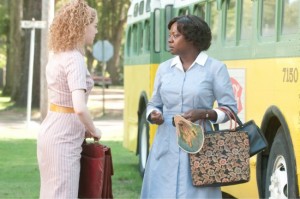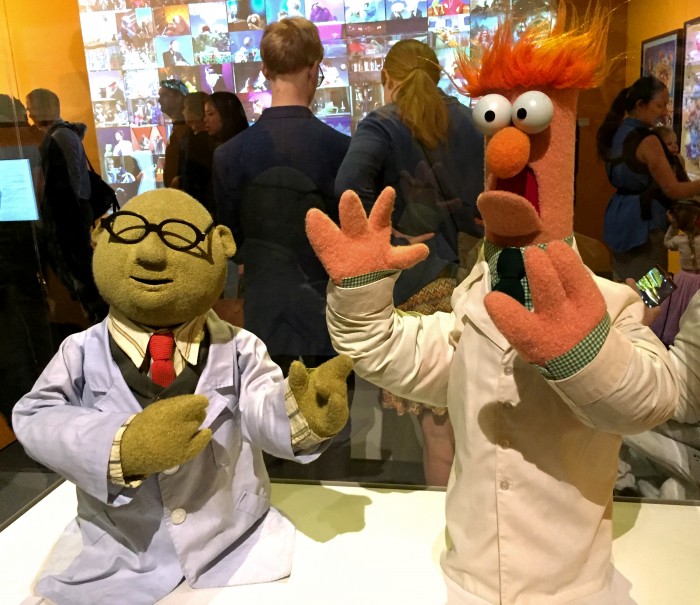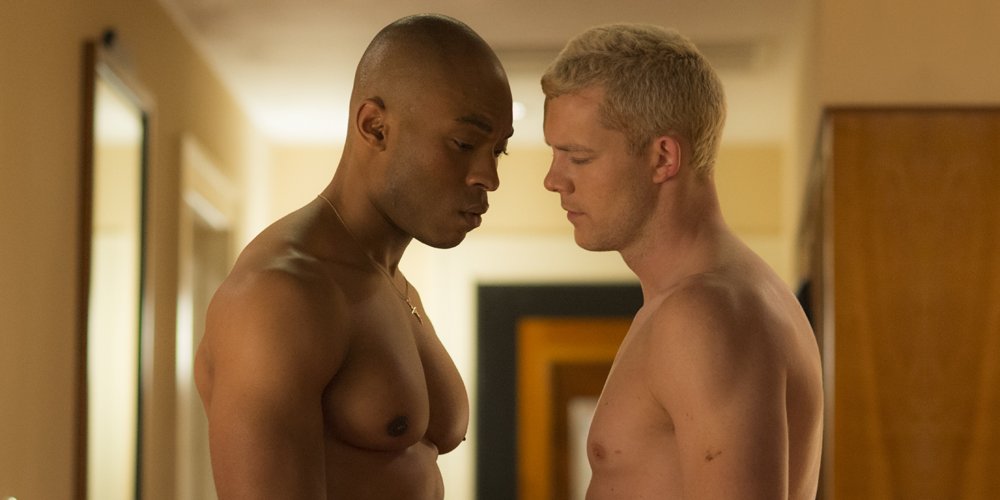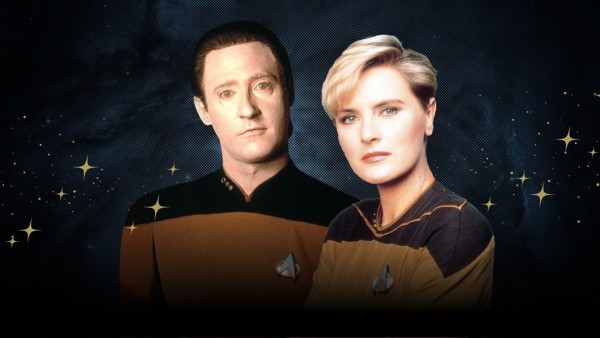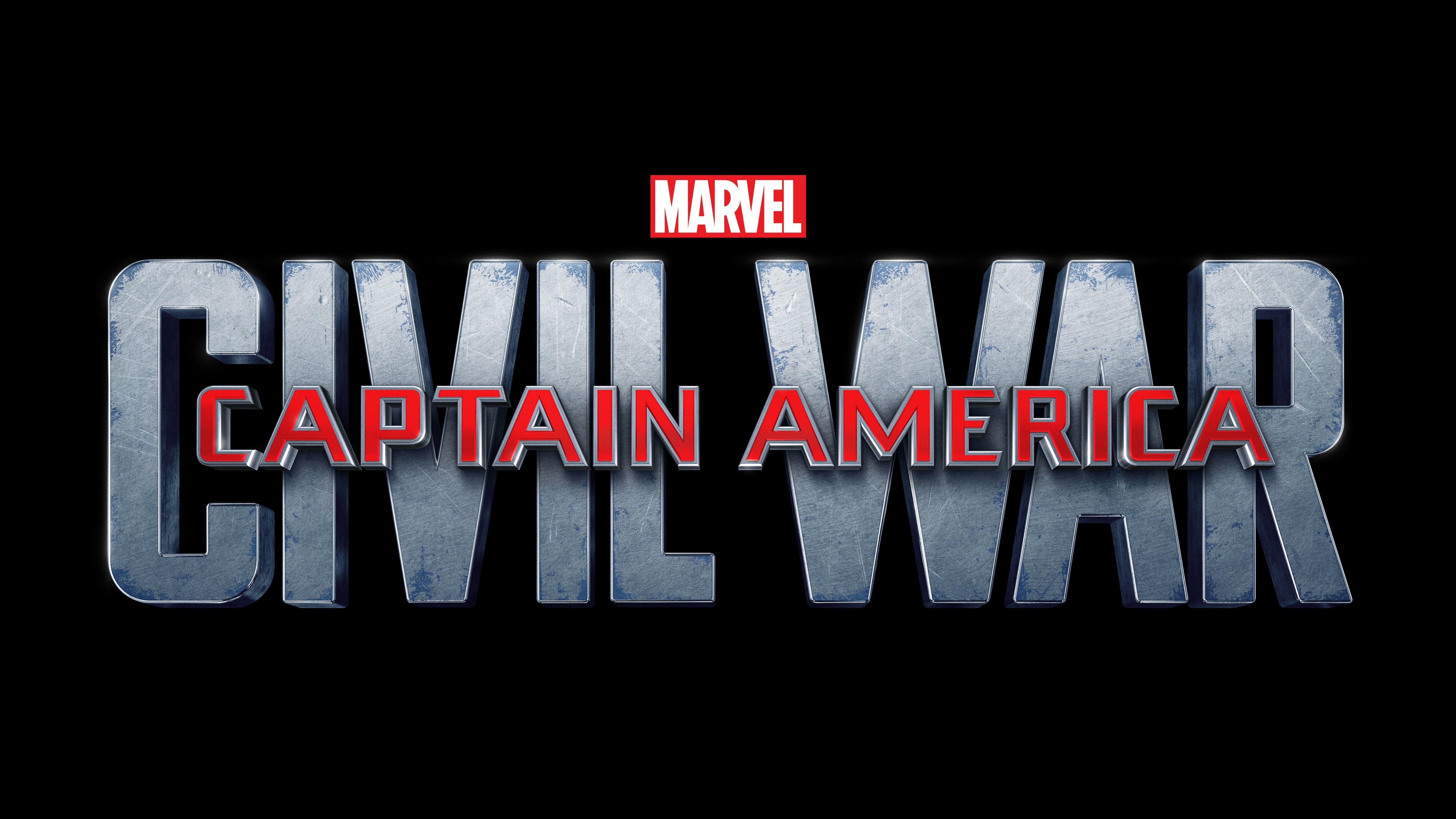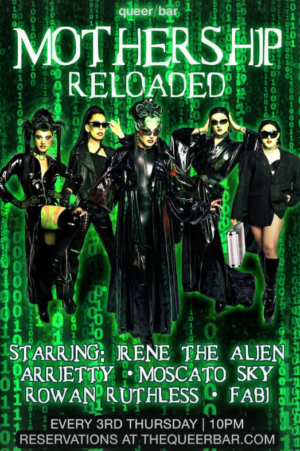The Movies Column is back after a brief summer vacation. On my flight home I got to catch up on movies I’ve missed over the year. In a nutshell Blue Valentine: B+, Somewhere: B, and Midnight In Paris: C-. I got in a bit of trouble when I told friends of mine that I was really disappointed in the new Woody Allen flick, because a lot of people with really great taste just adore this movie. I decided a full review was necessary, because there are some problematic issues in Woody’s latest.
“Nostalgia Isn’t What It Used To Be” is the title of French actress Simone Signoret’s overly flattering autobio. I’ve always liked that phrase because at on one hand it sounds like she’s wishing she could enjoy nostalgia like she used to as a younger woman. At the same time it’s also a statement of fact: It’s not how things used to be. That’s the problem I found never answered in Woody Allen’s new film Midnight In Paris, still in theaters.
Midnight In Paris, starring Owen Wilson, Marion Cottillard and Rachel McAdams, is about an unfulfilled aspiring writer, who while vactioning with his fiance in Paris, discovers a magical portal to the famed art scene of 1920s Paris where he hob nobs with lost generation artists such as Hemmingway, Fitzgerald, Stein, Picasso, Dali, etc. From the very beginning Wilson gets scolded by a rival intellect for his love of nostalgia–how it’s a haven for people who can’t deal with the problems of today, like suicide bombings for example, and prefer to imagine their souls really belong to an older age, a rose-colored idealized past. Frankly, I agree, but since these words come from the villain of the film, they are quickly discarded never to be mentioned again. Unfortunately, Woody should have taken his own character’s advice. From the old-timey clarinet intro music and pre-WWII fonts (Allen trademarks) one quickly remembers that it’s the director who is in love with the past.
Once Wilson finds the magical portal to the 1920s, things really start to fall apart. What comes next is a who’s who of artistic notables from the era: F. Scott and Zelda Fitzgerald, Cole Porter, Ernest Hemingway, Gertrude Stein, Pablo Picasso, Salvador Dali, Man Ray and Luis Bunuel. The popularity of this movie must come from the ego-boost the audience gets from being able to recognize these notables. Wilson is immediately invited into the inner artistic circles of this group, which is surprising because he acts like such a poseur hanger-on, and it’s not like they didn’t have enough of those back then.
Here’s where I got into trouble with my friends. I happened to mention I found the movie’s worship of male artists a tad chauvinistic. Ok, I suggested it was more than a tad and down-right misogynist. Most of the artists Wilson fawns over are some of the most notorious misogynists in the history of art: Hemingway, Picasso, and Dali in particular. Of course, in the context of these artists’ work I can appreciate and understand their attitudes towards women, but neither Wilson or Allen seem to care to much about works of art, just their celebrity. The only woman artist Wilson meets is Gertrude Stein (played enjoyably by Kathy Bates), but she gets treated like Wilson’s personal copy editor. Every other woman in the film is either a beautiful muse (Cotillard) or a harpy shrew (McAdams). Allen is completely oblivious to these tired cliches. Here are some of the arguments I’ve heard in defense of the film, and my responses.
Spare me your PC rant, the movie is light entertainment and should just be enjoyed.
The fact that intelligent, liberally-inclined audiences have been lapping this movie up (It’s the highest grossing Woody Allen movie ever) makes even more reason to scrutinize it’s misogynist stereotypes. I wouldn’t go on the same rant against a movie like Fast 5 or Transformers 4, because frankly who cares? Also I’m much more supportive of movies like Machete (or really anything by Robert Rodriguez) that parodies the hot babes in action movies caricatures (while at the same time just putting a lot of hot babes in an action movie.)
But that’s how things were back then.
But they’re not that way now. Shouldn’t Wilson’s character be a bit more sensitive to not only the male chauvinism, but also the open racism and antisemitism of the early 20th Century? Instead the film glorifies the 20s, exactly the way Simone Signoret warns about falling too much in love with nostalgia. You lose sight of how things really used to be.
A similar criticism plagues the newly released The Help (directed by Tate Taylor (Winter’s Bone) starring Emma Stone, Viola Davis, and Octavia Spencer) where a white lady in 1963 Mississippi interviews her black maid for a book she’s writing. The movie turns into a family story about lives set during the turbulent end of legalized segregation in the American South. Many reviews have lauded the strong female performances, some are saying Stone and Davis are locks for Oscar noms. However, the Association of Black Women Historians has already launched a critique of the movie, which is posted here. From caricatured black dialect, and misplaced attempts at humor the film is criticized for skirting the true horrors of segregation era South. Most problematic is that the white women’s burdens are depicted as on par with those of their black maids. Again, here is the problem with nostalgia. You get in trouble when you suggest that race and class differences were only a problem in the past. Let’s not suggest that there’s not still a ton of work to be done.
Let’s also not forget the work done by real people to make Civil Rights progress. It didn’t just come about naturally as civilization progressed. Real people worked their entire lives to end segregation, and powerful people fought them every step of the way. The same lesson can be applied to the struggle for gay rights. There’s a feeling out there that the tide will eventually move in the direction of gay rights, but in reality we have to work hard every day to make even the tiniest foothold. Let’s not forget that.
And that ends my rant for the day.
Ryan Hicks is Development Manager for Three Dollar Bill Cinema, who urges you to come out to Cal Anderson park tonight for Rock & Roll Fantasy: The Apple, movie starts at dusk.


